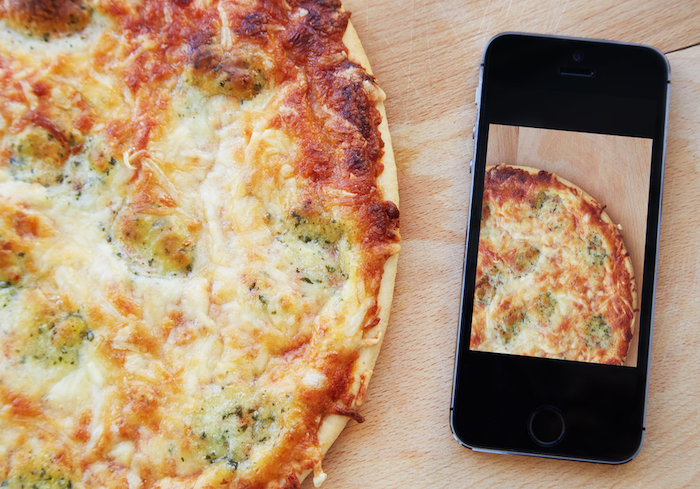Many platforms want a slice of the digital pizza-ordering pie. Few, however, are equipped to dish up the kind of experience consumers demand. Pizza seems like a simple takeout meal from the customer’s end, and that’s how it should be — but it’s not as easy as it looks.
Pizza is one of the most highly customizable foods, with a practically infinite combination of toppings. Then there’s coverage: Do you want extra pepperoni? Light? Just on half? No sauce? Extra cheese? Order that in a restaurant, and the kitchen will produce it. But try to offer all those possibilities on a website or mobile app, and it gets complicated. Especially if coupons are involved.
Round Table Pizza learned that through experience. For years, the West Coast pizza company simply let its franchisees choose the digital ordering platform that worked best for them, as long as it met certain criteria.
But eventually, the company wanted to create a more unified brand experience. It had to choose between three platforms that had seen success at its 450 locations across California, Oregon, Washington, Arizona, Nevada, Alaska, Hawaii and two international markets.
During the due diligence phase, the company also considered platforms that it hadn’t worked with previously in case there was something better on the market.
The important thing, according to Round Table Pizza Director of Business Technology Andrew Kohn, was to continue to make it look easy. Yet in the highly competitive space of food ordering apps, that was harder than it sounded.
Advertisement: Scroll to Continue
“Everything about pizza makes it very hard to do in a space where you can’t walk the customer through it, where you don’t have a team member engaging the customer,” Kohn said.
Some platforms were good at coupon management but couldn’t upsell from a coupon and just charge the customer the difference. Or else the user interface worked great on some devices and looked terrible on others. Round Table wanted flexibility, speed and navigability — a trifecta that didn’t seem to exist from most of the 12 platforms it’s considered over the past year.
“Over the years, we collected three good online ordering partners,” Kohn said. “But customer expectations have gone up, and the ability to give more free choice [to franchisees] becomes problematic: how do you manage all those solutions and provide a unified brand experience? Whether you order from our Round Table in Redding, California, or you order from the one in Vancouver, Washington, you should have a Round Table experience.”
After all that due diligence, Round Table found that the answer had been in front of its nose all along. The ONOSYS digital ordering platform in place at the majority of its restaurants was truly the best fit for the brand, and Round Table has now set out to bring its remaining 160 stores onto the platform.
“ONOSYS has been a partner since they started,” said Kohn. From others, he said, “We started getting, ‘I can, but…’ Their answer was always, ‘Yes we can, and here’s why.’ It’s always ‘yes, we can.’ That’s not just a sales pitch but a track record.”
ONOSYS started as a pizza ordering platform before expanding to other types of restaurants, so it makes sense that it has a solid foundation with this surprisingly complex ordering paradigm. ONOSYS and Round Table Pizza have been partners since 2008.
ONOSYS designed its API-based platform to pair with any sort of front- or back-end technology, from websites and apps to voice ordering and call centers. It uses a modular toolkit built on top of the API to create what looks like a custom user interface with little extra effort on the company’s side.
“We take the consumer-facing approach first and make sure that that maps to whatever back-end transmission we need,” said ONOSYS CIO Matthew Benzel. “The other thing that is a strong suit of ours is our menu flexibility and being able to showcase items to the consumer in the most efficient and intuitive way possible. We try to take care of that consumer first.”
According to Benzel and ONOSYS, that approach means that companies using the platform can offer a consistent experience whether customers are in the store or on a mobile device, allowing them to be authentic and focus on what they do best: making pizza.




